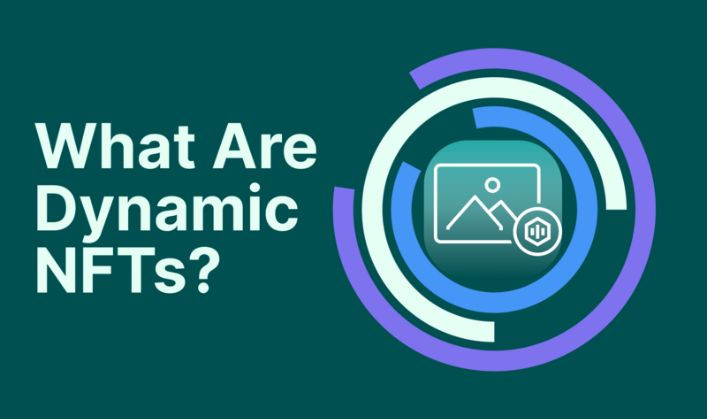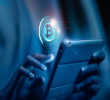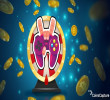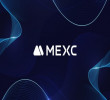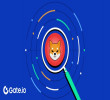7 November 2025
What Are Dynamic NFTs (dNFTs)?
Dynamic Non-Fungible Tokens (dNFTs) represent a groundbreaking evolution of the Non-Fungible Token (NFT) technology, introducing dynamic and interactive capabilities to the traditionally static nature of NFTs. In this article, we will delve into the concept of dNFTs, exploring their features, benefits, and potential applications. By the end of this comprehensive guide, readers will have a clear understanding of this innovative technology and its implications for the future of digital ownership and content creation.
Bybit offer: Deposit $50, and GET 10 USDT (withdrawable)!
1. Understanding NFTs: A Brief Overview
Before we delve into the world of dNFTs, let's first understand the basic concept of Non-Fungible Tokens (NFTs). NFTs are unique cryptographic tokens built on blockchain technology that represent ownership of a specific digital asset, such as artwork, music, videos, virtual real estate, or even virtual goods in video games. Unlike cryptocurrencies like Bitcoin or Ethereum, NFTs cannot be exchanged on a one-to-one basis, as each NFT holds distinct characteristics that differentiate it from others.
Also read: NFTs And The Future Of The Art World
2. Static NFTs vs. Dynamic NFTs
Traditional NFTs are static, meaning their content remains fixed and unchangeable once minted on the blockchain. However, dynamic NFTs (dNFTs) bring a dynamic element to the table, allowing for content updates, interactivity, and programmable behaviors. This added layer of functionality opens up a plethora of exciting possibilities for creators and collectors alike.
3. Features and Characteristics of dNFTs
a. Content Mutability: One of the core features of dNFTs is the ability to modify and update the associated content. Creators can make adjustments, and improvements, or even collaborate with other artists to enhance the value of their NFT over time.
b. Interactivity: dNFTs enable users to interact with the content, making the experience more engaging and immersive. This interactivity could range from simple animations triggered by user input to complex virtual reality experiences.
c. Smart Contracts and Programmability: Leveraging smart contracts, dNFTs can be programmed to respond to predefined conditions and triggers, automating certain actions or responses based on user interactions or external data.
d. Real-Time Data Integration: dNFTs can fetch real-time data from external sources, enabling them to reflect changing conditions or adapt their behavior based on real-world events.
e. Fractional Ownership: Similar to traditional NFTs, dNFTs can be divided into smaller fractions, allowing for fractional ownership and investment opportunities for a wider audience.
4. Use Cases and Applications
a. Digital Art: Dynamic NFTs offer artists the chance to create living artworks that evolve and respond to user interactions, turning passive art into an interactive and evolving experience.
b. Gaming: In the gaming industry, dNFTs can be used to create customizable in-game assets, interactive game elements, and unique gaming experiences that respond to player actions.
c. Collectibles and Virtual Real Estate: Collectible items and virtual real estate in virtual worlds can become more dynamic and engaging with dNFTs, allowing users to personalize their possessions and witness their growth or transformation over time.
d. Intellectual Property Rights Management: dNFTs can revolutionize the way intellectual property rights are managed by providing transparent and tamper-proof records of ownership and licensing terms.
5. Challenges and Considerations
Despite their promise, dNFTs face certain challenges that need to be addressed for wider adoption. These challenges include:
a. Scalability: As dNFTs involve complex interactions and real-time data, scaling the technology to handle a large number of users and transactions can be a technical hurdle.
b. Security: Introducing interactivity and programmability also opens up potential security risks, such as bugs or vulnerabilities in smart contracts that could lead to exploits.
c. Community Governance: The dynamic nature of dNFTs may require community governance mechanisms to make collective decisions about content changes, updates, and future developments.
d. Environmental Impact: As with any blockchain-based technology, the energy consumption associated with dNFTs should be carefully considered, along with efforts to adopt more eco-friendly solutions.
Conclusion
Dynamic Non-Fungible Tokens represent a transformative evolution of NFTs, unlocking new creative opportunities and redefining digital ownership. With their dynamic content, interactivity, and programmable capabilities, dNFTs have the potential to shape various industries, from art and gaming to intellectual property rights management. However, it's crucial to address the challenges to ensure a sustainable and secure future for this exciting technology. As the world embraces dNFTs, we can anticipate a new era of digital experiences that blend creativity, ownership, and innovation in unprecedented ways.
Disclaimer: The author’s thoughts and comments are solely for educational reasons and informative purposes only. They do not represent financial, investment, or other advice.
